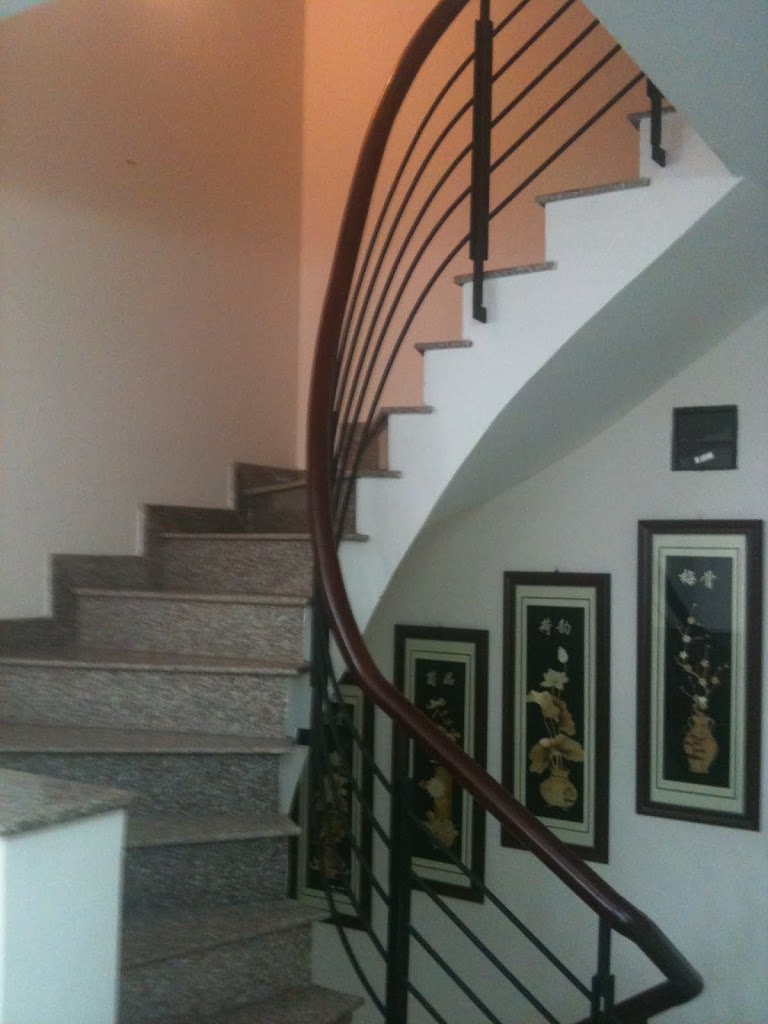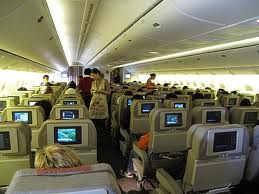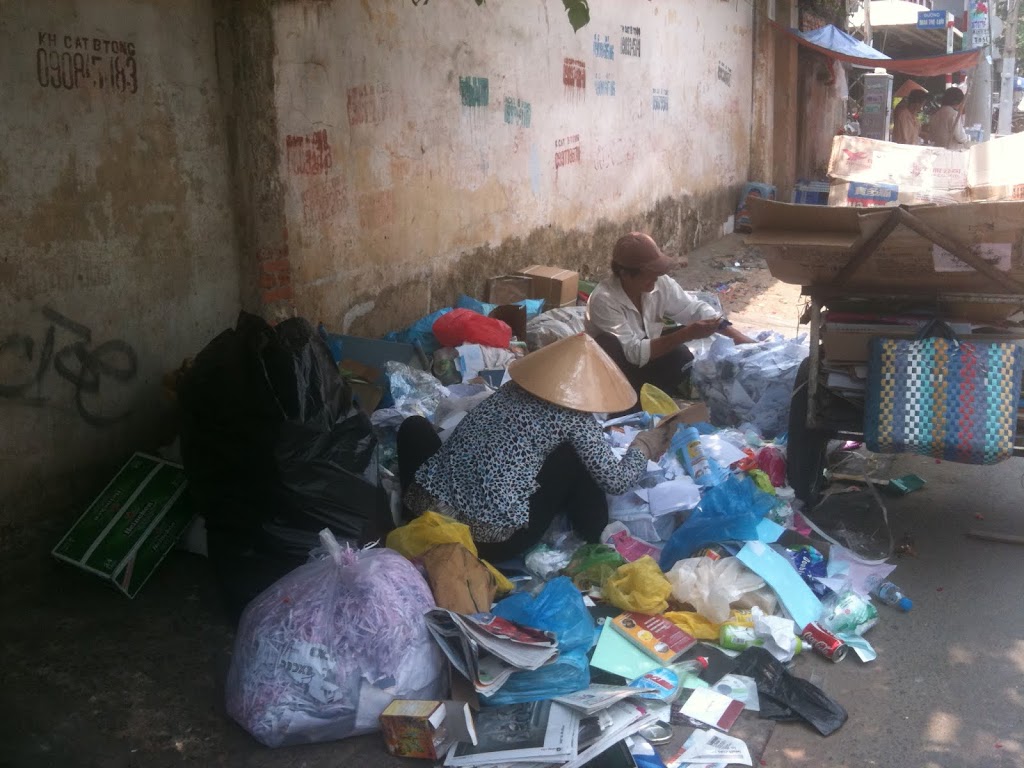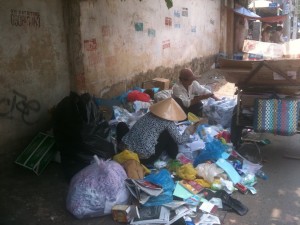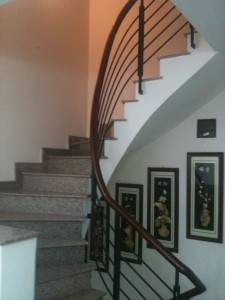 In 2007 I learned that 60% of Vietnam’s population was born after 1975. That’s when the “American” war ended and Vietnam’s reproductive juices got going again. Five years later my guess is that the number is closer to 70%. There are kids and young adults everywhere. Tu Du Pediatric Hospital in Saigon sees 50,000 new babies every year. One hospital – 50,000 babies every year. So, what am I thinking? Well, sooner or later all those babies will get old and when they do they will find out that life is difficult when they can’t climb stairs, step over curbs or get their wheelchairs in and out of a bathroom or restaurant. I’m not there but I know what the future looks like. America has the(ADA) Americans with Disabilities Act to help make life easier for disabled people. Vietnam has nothing like it.
In 2007 I learned that 60% of Vietnam’s population was born after 1975. That’s when the “American” war ended and Vietnam’s reproductive juices got going again. Five years later my guess is that the number is closer to 70%. There are kids and young adults everywhere. Tu Du Pediatric Hospital in Saigon sees 50,000 new babies every year. One hospital – 50,000 babies every year. So, what am I thinking? Well, sooner or later all those babies will get old and when they do they will find out that life is difficult when they can’t climb stairs, step over curbs or get their wheelchairs in and out of a bathroom or restaurant. I’m not there but I know what the future looks like. America has the(ADA) Americans with Disabilities Act to help make life easier for disabled people. Vietnam has nothing like it.
Here’s the issue: In Saigon, people live vertically. There are stairs and stairways everywhere. There are very few elevators or escalators. I climb three flights of stairs to get to one of my favorite restaurants. It’s rare to find one that doesn’t have at least one flight of stairs. The buildings here are tall and narrow. The stairways twist vertiginously up up up. There are a few wheelchair ramps in the best Vietnamese resorts but virtually none in Saigon. The Nam Hai, one of the most luxurious resorts in the world, is a minefield of ledges, steps, and drop offs. Even the young and fit stumble and trip there. My guess is that it couldn’t be built anywhere else in any developed country because they couldn’t find a company to write the liability insurance.
Last night I had dinner in an outdoor restaurant. Across the street was a very nice hotel. I counted 33 steep stairs going from the street to the lobby. It is the only way in. So… if the arriving guest gets lucky and finds a bellman to carry his or her luggage up to the lobby he still has to negotiate those 33 stairs without a railing.
In two other restaurants I like, the kitchen is on the ground floor and dining areas are on floors 2, 3 and 4. The wait staff has to hump it up three flights to get the food to the customer and then one, two, three flights down to clear the tables. They do it happily. They really don’t think much about it. That’s the way it is, but I’m thinking about those old professional waiters in France and Germany. They couldn’t do it. In 20 or 30 years when the population starts to have knee and hip problems, so will the wait staff and the customers. You see it already with a lot of people who can’t manage the steep, narrow, curving stairways without banisters or handrails. Yikes!
I owned a restaurant once and I grumbled when I had to install a handicapped bathroom. Our total space was just 1000 square feet. The restroom took up about 10% of the total. Once it was in I forgot about it, and although it got very little use from wheelchair customers it was the right thing to do. Vietnam isn’t there, but it will have to deal with stairways, curbs and bathrooms in the future. Until then, just think about the exercise value of living vertically – while you still can.
